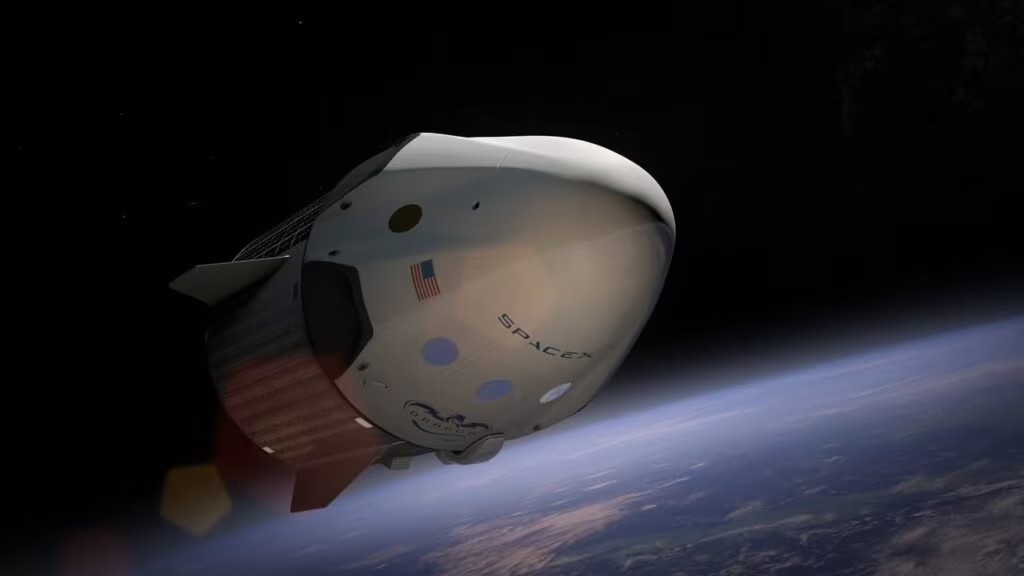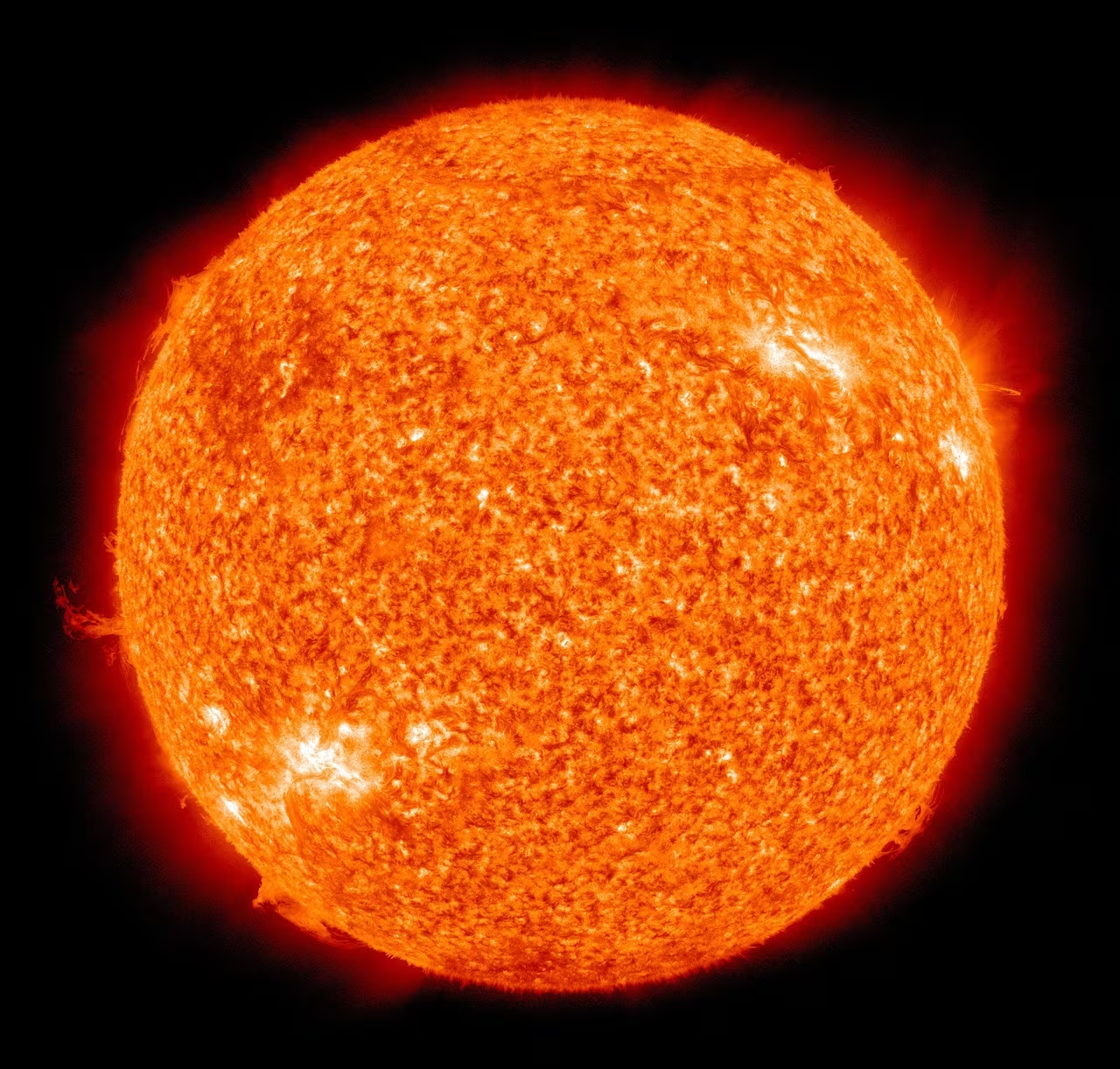The Unprecedented Threat to Orbiting Infrastructure
New scientific simulations have delivered a stark warning: a solar superstorm on the scale of the 1859 Carrington Event could potentially destroy every single satellite currently orbiting Earth. This catastrophic loss of orbital infrastructure would trigger a global technological collapse, impacting everything from GPS and banking to weather forecasting and global communication.
The research underscores a critical vulnerability in modern society. While the 19th-century Carrington Event primarily disrupted telegraph systems, the highly interconnected, satellite-dependent world of 2025 faces an existential threat from the Sun’s most powerful outbursts. The simulations reveal that the sheer density and design of modern satellite constellations, particularly those in Low Earth Orbit (LEO), make them acutely susceptible to the electromagnetic forces generated by such a massive solar event.
Understanding the Carrington Event and Modern Vulnerability
The Carrington Event of September 1859 remains the benchmark for solar intensity. It was caused by a massive Coronal Mass Ejection (CME)—a powerful eruption of plasma and magnetic field from the Sun’s corona—that struck Earth’s magnetosphere. The resulting geomagnetic storm was so intense it caused telegraph wires to spark, setting offices on fire, and allowed observers in the tropics to see the aurora borealis.

Today, the stakes are exponentially higher. Our reliance on space-based assets has exploded, driven by the proliferation of massive LEO constellations like Starlink and OneWeb, which provide global internet access. These satellites, along with critical weather, military, and GPS satellites, are the backbone of the global economy.
Why Modern Satellites Are More Vulnerable
The new simulations highlight that the primary threat comes from geomagnetically induced currents (GICs). When a powerful CME hits Earth, it compresses the planet’s magnetic field, generating massive, rapidly changing electrical currents in the upper atmosphere and on the ground. While ground-based GICs primarily affect power grids (as seen in the 1989 Quebec blackout), the new concern is the direct impact on LEO satellites.
Satellites in LEO (typically 160 to 2,000 kilometers above Earth) are particularly vulnerable for several reasons:
- Altitude and Drag: LEO satellites orbit within the upper reaches of the atmosphere. Intense heating from the solar storm causes the atmosphere to expand, increasing atmospheric drag. This drag can rapidly pull satellites out of orbit, causing them to burn up or crash.
- Induced Currents: The fluctuating magnetic fields induce massive currents within the satellites’ electronic components and wiring, leading to catastrophic overheating, short circuits, and failure of critical systems.
- Shielding Limitations: LEO satellites are often smaller, cheaper, and less shielded than their larger counterparts in Geostationary Orbit (GEO), making them less resilient to extreme radiation and current spikes.
The Mechanics of Destruction: A LEO Catastrophe
The simulations focused on modeling the interaction between a Carrington-level storm and the current population of orbiting satellites. The results were alarming, suggesting that the combined effects of atmospheric drag and GICs would render the majority of LEO satellites inoperable or cause them to de-orbit prematurely.

Cascading Failures
If a superstorm were to strike, the failure would not be isolated. The loss of LEO satellites would initiate a cascading failure across multiple sectors:
- Navigation and Timing: The immediate loss of GPS and other global navigation satellite systems (GNSS) would paralyze logistics, air travel, shipping, and precision farming.
- Financial Systems: Modern banking and stock exchanges rely on precise satellite timing signals. Their loss would halt high-speed trading and complicate global financial transactions.
- Critical Infrastructure: Utilities, telecommunications, and emergency services depend on satellite communication for backup and coordination, which would be severely compromised.
- Orbital Debris: The rapid de-orbiting and destruction of thousands of satellites would create a massive amount of new space debris, potentially making LEO unusable for years or even decades—a phenomenon known as the Kessler Syndrome.
While satellites in higher orbits (GEO, around 36,000 km) might fare slightly better against atmospheric drag, they are still susceptible to radiation damage and surface charging, meaning the entire orbital infrastructure is at risk.
Preparing for the Inevitable
Solar storms, while rare at the Carrington level, are inevitable. Scientists estimate that the probability of a Carrington-level event occurring within the next decade is approximately 12%. Given that the Sun is currently approaching the peak of its Solar Cycle 25 (expected around 2025-2026), the risk remains elevated.
Mitigation efforts are crucial and fall into two main categories: forecasting and hardening.
1. Improved Space Weather Forecasting
Accurate, timely warnings are the first line of defense. If authorities receive 12 to 24 hours of notice before a CME impact, operators can take protective measures:
- Power Grid: Utilities can temporarily disconnect vulnerable transformers.
- Satellites: Operators can place satellites into “safe mode,” turning off non-essential systems, orienting solar panels away from the incoming charged particles, and adjusting orbits to minimize atmospheric drag.
2. Hardening Infrastructure
Long-term solutions require building resilience into the systems themselves:
- Satellite Design: Incorporating better shielding, redundant systems, and components designed to withstand higher GICs and radiation levels.
- Ground Systems: Developing terrestrial backup systems for timing and communication that do not rely on space-based assets.
Key Takeaways
The new simulations serve as a critical reminder that space weather is not just an academic concern, but a direct threat to global stability and infrastructure. The potential economic damage from a modern Carrington event is estimated to be in the multi-trillion dollar range.
- The Threat is Real: A solar storm equivalent to the 1859 Carrington Event is capable of incapacitating the vast majority of modern satellites, particularly those in LEO.
- GICs and Drag are the Mechanisms: Geomagnetically induced currents cause electronic failure, while atmospheric heating increases drag, leading to rapid de-orbiting.
- Global Dependence: The loss of satellites would cripple GPS, financial networks, and global communication, causing widespread societal disruption.
- Mitigation is Possible: Advanced warning systems and hardening critical infrastructure are essential steps to minimize the catastrophic impact of future solar superstorms.
Conclusion
The scientific community is clear: the question is not if another Carrington-level event will occur, but when. As our dependence on orbital technology grows, the vulnerability of these systems becomes a matter of national and international security. The findings from these new simulations provide the necessary impetus for governments and private space companies to invest heavily in robust space weather defenses, ensuring that the next solar superstorm does not send global technology back to the 19th century.
Original author: Harry Baker
Originally published: October 30, 2025
Editorial note: Our team reviewed and enhanced this coverage with AI-assisted tools and human editing to add helpful context while preserving verified facts and quotations from the original source.
We encourage you to consult the publisher above for the complete report and to reach out if you spot inaccuracies or compliance concerns.

